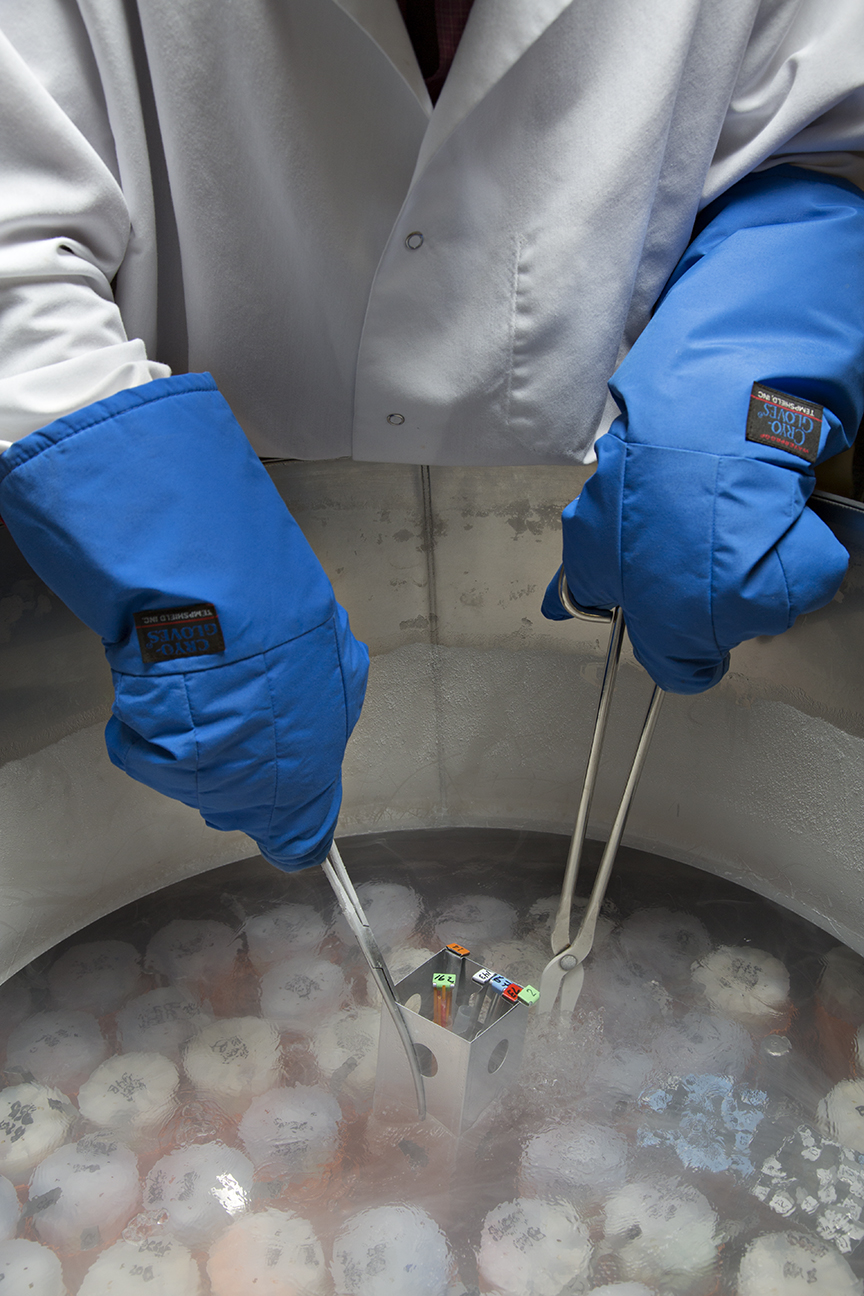Gene banks, Plant
Enlarge text Shrink textA gene bank is a type of biorepository that serves to preserve the genetic information of organisms. Gene banks are often used for storing the genetic material of species that are endangered or close to extinction. They are also used for the preservation of major crop species and cultivars, in order to preserve crop diversity. Preservation is done via the collection and storage of reproductive material from an organism. For example, seeds and cuttings may be collected from plants, spores may be collected from fungi and sperm and egg cells may be collected from animals. Aquatic organisms such as coral are preserved via the collection of fragments of coral, that are then sustained, live, in a carefully controlled aquatic environment. The collected material is oftentimes stored at a temperature below 0 °C (32 °F). It may also be stored in cryogenic conditions using liquid nitrogen. Certain gene banks are based around the continuous cultivation of living organisms, such as certain species of plants being raised in a controlled nutrient medium, or artificially created habitats that then harbor certain species. Gene banks are present all over the world, with differing objectives and resources. One of the largest is the Svalbard Global Seed Vault. The database of the largest gene banks in the world can be queried via a common website, Genesys. A number of global gene banks are coordinated by the CGIAR Genebank Platform
Read more on Wikipedia >
 Topic
Topic





